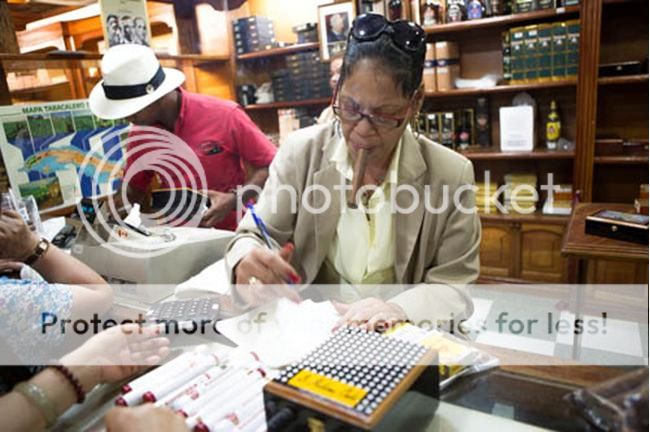This year, Father’s day falls on Sunday, June 15th. In June 1910, a woman named Sonora Smart Dodd prompted this holiday when she wanted to honor her father. However, it wasn’t until 1972 when President Nixon made it a permanent national holiday.
The intention was to honor men’s roles as fathers and their influence in society, which was promoted and cemented by economic considerations. By the mid-1980’s, the Father’s council wrote that “…Father’s Day has become a second Christmas for all the men’s gift-orientated industries”.
There is a joke told about a Jewish woman giving her husband two ties as a present on Father’s Day. He wore one of them at the next family gathering. Seeing this, his wife remarked, “You do not like the other one?”
But I am sure you will agree with me that there are many other ways and reasons to celebrate a father’s role in our society, and this can be done any day.
For many, a child’s first teacher is their father. In the old Jewish traditions, a father is obligated to teach the Torah to his sons, as well as an occupation, as well as how to swim.
Specifically, this teaching comes from the Talmud that was recorded about 1800 years ago. The study of the Torah represents the knowledge of life’s rules; in terms of how to live and behave in the world. The need to have an occupation and to earn a living for a family might sound obvious. When I was about 14, I worked on the Children’s Railway in Riga. My father encouraged me that working there may help me become an engineer. (I began my engineering studies three years later.) You can read more about my life journey in my book, The Mortgage Game: The 5 C’s and How to Connect Them.
But what’s the importance of teaching one’s children how to swim? Years ago, it was meant to save one’s life during the journey over a body of water, which today can certainly have a similar meaning. But it also can mean to learn how to swim, as in navigating through life.
My father died 18 years ago. He survived World War II and was an honorable and respectable man in Riga. I am proud to say that I am the son of Chaim Kagan.
If I can summarize, Father’s Day can be celebrated as an expression of love.
P.S.
Some of these images that I captured in Cuba demonstrate the relationship between fathers and their children. You can see more in my book, Soy Cubano.If you are looking for a special gift for Father’s Day, may I suggest Zanze’s cheesecake? You can have one for free by just referring a client to us in the month of June.
If you want to have your cake and eat it, just give this card to get it.
*Limit one cheesecake per family for successful referrals
DO NOT KEEP ME AS A SECRET.
SMILE AND PLEASE SHARE IT WITH A FRIEND
























 A San Francisco native, Stephen entered the Retirement field in 1976, gained executive experience in Silicon Valley, and returned to Primark Benefits in 1990 to lead its management team. His expertise is in converting tax dollars into employee benefits, which are otherwise unaffordable.
A San Francisco native, Stephen entered the Retirement field in 1976, gained executive experience in Silicon Valley, and returned to Primark Benefits in 1990 to lead its management team. His expertise is in converting tax dollars into employee benefits, which are otherwise unaffordable. Peter Karp is the founder of Karp Capital Management Corp, a registered investment advisory firm. The company is headquartered in San Francisco and provides a full range of financial services focusing on asset management strategies, plan participant education/ advisement and business consulting. He is a member of the Financial Planning association, Western Pension & Benefits Association and is a founding partner of NAPA.(National Association of Plan Advisors). Karp ranked 25th on the list of top Bay Area Independent wealth advisor with over 7,000 nominations received every year. Learn more and sign up for the Karp Capital Focus quarterly newsletter with asset management insights at karpcapital.com.
Peter Karp is the founder of Karp Capital Management Corp, a registered investment advisory firm. The company is headquartered in San Francisco and provides a full range of financial services focusing on asset management strategies, plan participant education/ advisement and business consulting. He is a member of the Financial Planning association, Western Pension & Benefits Association and is a founding partner of NAPA.(National Association of Plan Advisors). Karp ranked 25th on the list of top Bay Area Independent wealth advisor with over 7,000 nominations received every year. Learn more and sign up for the Karp Capital Focus quarterly newsletter with asset management insights at karpcapital.com.









